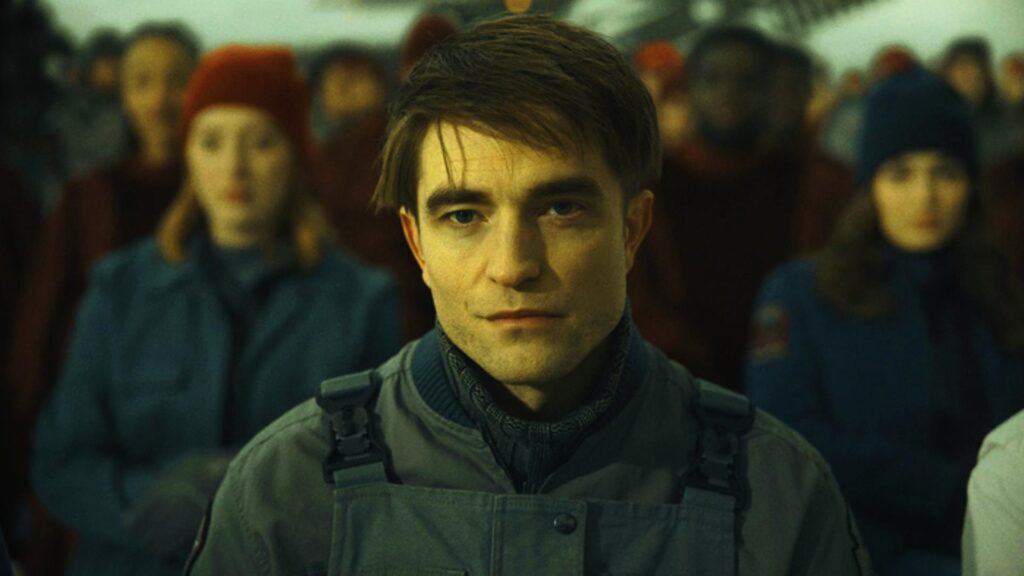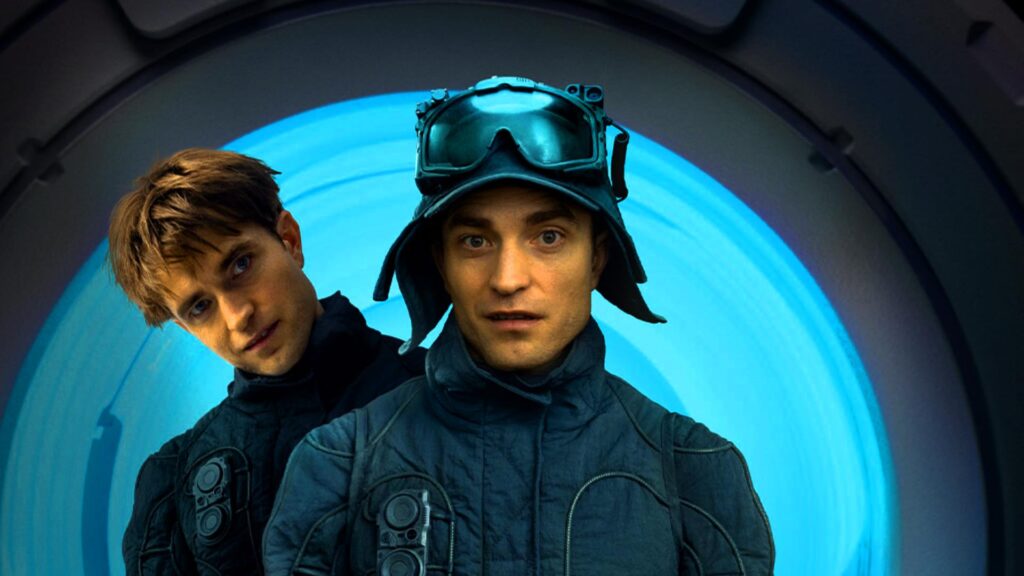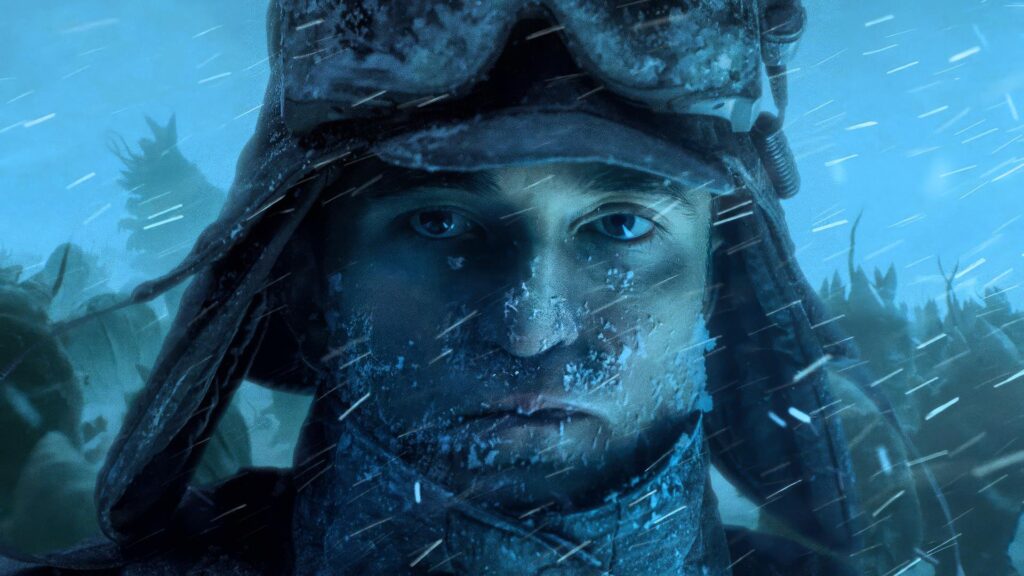Mickey Barnes keeps dying—again and again—in ways that range from bizarre to ordinary. Oddly enough, that’s one of the more compelling aspects of Mickey 17, Bong Joon Ho’s ambitious but uneven return to sci-fi storytelling following the success of Parasite.

In his third English-language film, the acclaimed South Korean director once again delves into themes he’s explored before in Okja and Snowpiercer—deep social inequality, environmental collapse, and the rise of oppressive systems. These issues feel especially timely in today’s political climate, and he presents them with his trademark blend of striking visuals, sharp commentary, and bold satire.
Fans of 2019’s Parasite might come away from Mickey 17 feeling underwhelmed — though it’s hard to say if anything could truly live up to that cinematic milestone. The razor-sharp control and layered tension that defined Bong Joon Ho’s Oscar-winning triumph are less present here. Instead, his newest film feels looser, more chaotic, at times both overly obvious in its messaging and disjointed in its storytelling. During one visually frenzied climax, it’s hard not to ask: How did we even get here?
Still, Robert Pattinson brings such wild energy and unpredictable charm to the role that he keeps the film watchable throughout. He effortlessly moves between the ridiculous and the intense, adding to a pattern of daring and unexpected roles since his days as a teen idol. Whether teaming up with auteurs like Claire Denis, Robert Eggers, or David Cronenberg, or stepping into the moody shadows of The Batman, Pattinson clearly gravitates toward complexity—and here, he gets to show off both his comedic timing and emotional range.
Loosely adapted from Edward Ashton’s 2022 sci-fi novel Mickey7, Mickey 17 centers on Robert Pattinson’s title character, whose grim job is to die—over and over again. Set three decades into the future on a frozen, distant planet, Mickey is what’s known as an “Expendable,” a disposable worker who signs up (without fully understanding the consequences) to take on deadly tasks for a human colony. Each time he’s killed—whether it’s by inhaling toxic air or trying out risky medical treatments—he’s regenerated with his memories intact. It’s a brutal gig, but to Mickey, it beats the fate he was running from back on Earth. Bong Joon Ho finds a rhythmic, darkly comedic groove in the sequence of Mickey’s endless deaths and rebirths.
Things take a turn when, during a dangerous mission, Mickey falls into a cavern and is presumed dead—abandoned by the very friend who recruited him for the job. That friend, played by Steven Yeun (a familiar face from Okja), brings some charisma to the role, but his character largely operates on selfish instincts. Assuming Mickey 17 didn’t survive, the team at the colony goes ahead and creates Mickey 18 to take his place. But when Mickey 17 turns up alive, the two identical versions find themselves breaking the colony’s strict rule: no duplicates. What follows is a tense and surreal attempt to navigate identity, survival, and the question of whether both versions can—or should—exist.

Mickey 17 is friendly and eager to please, while Mickey 18 comes off as brash and confrontational. The notion that clones might develop distinct personalities is an intriguing one, offering Robert Pattinson a fun challenge as he shifts his tone, voice, and behavior between versions. The visual effects are impressively smooth, allowing both characters to share the screen in a series of over-the-top, visually striking moments. The existence of two Mickeys also intrigues his confident and passionate girlfriend Nasha (played with energy by Naomi Ackie), a courageous security officer. At the same time, a colleague named Kai (Anamaria Vartolomei, from Happening) finds herself drawn to the gentler Mickey.
Still, the entire colony remains under the control of its vain and scheming commander, Kenneth Marshall, played with flair by a slick-haired Mark Ruffalo. His over-the-top vanity is occasionally entertaining, but his obsession with perfection and control quickly reveals darker motives. Sporting a slogan and surrounded by loyal followers in matching red caps, he embodies a twisted version of authority. Toni Collette joins him as his power-hungry wife Ylfa, and together they push the limits of villainy—earning some laughs early on, though their overdone antics start to wear thin.
Things start to get muddled once Mickey 18 enters the picture, even with Pattinson’s steady narration trying to clarify how this futuristic world functions. Visually, however, the film does a lot of the storytelling on its own—Darius Khondji’s striking dystopian cinematography and Fiona Crombie’s heavy, industrial production design create a vivid atmosphere. But the plot becomes tangled, veering into overstuffed subplots involving political rebellion and a native species called “creepers”—strange, gray, armadillo-like creatures that manage to be both unsettling and oddly cute. Much like Okja, the use of animals here isn’t exactly subtle, hammering home messages about colonization and migration.
The tricky part is that Bong’s message is entirely valid—it’s just delivered with more force than finesse. Hopefully, there’s room for a bit of refinement in future experiments.
Mickey 17 Official Trailer,
Read more,
https://en.wikipedia.org/wiki/Mickey_17

